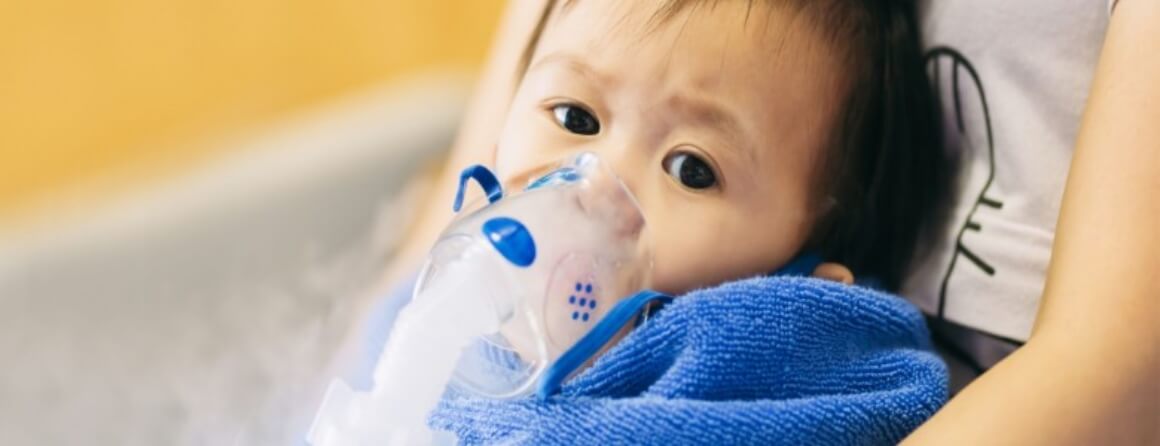New WHO Guidelines To Better Treat And Manage Childhood Pneumonia

A major review into childhood pneumonia by researchers from the Murdoch Children’s Research Institute (MCRI) and the University of Melbourne will inform new World Health Organization (WHO) guidelines to better manage the deadly infection.
The research team led by Dr Hamish Graham, Dr Claire von Mollendorf and Professor Kim Mulholland, were commissioned by the WHO to lead several systematic reviews to help inform updated pneumonia guidelines that cover diagnosis, treatment and follow-up care in children aged one month to nine years.
Pneumonia remains the leading cause of death in children aged under five, contributing to about 740,000 deaths globally every year. Most pneumonia deaths occur in young children living in low- and middle-income countries, particularly in Africa and the Asia-Pacific regions.
Dr Graham said a review into the guidelines was overdue given the changing epidemiologic and demographic profiles of countries and demand for updated advice that could be adapted to different contexts.
“The strategy for managing pneumonia has not changed greatly over the past 30 years, and there are plenty that have stood the test of time,” he said. However, re-thinking the approach now is appropriate in light of new and emerging public health and clinical strategies to combat this major cause of premature child death.
“Specific diagnosis remains a major challenge, with a need for better diagnostic tests, and improved use of existing technologies such as pulse oximeters. We need to rethink our use of antibiotics, given increasing antibiotic resistance and a shift from typical bacterial causes to viruses in the era of increasing vaccine availability. The COVID-19 pandemic has further highlighted the need to strengthen access to health systems, especially in primary care and district-level hospitals.”
The recommendations, which focus on high pneumonia impacted countries, tackle how to improve diagnostic criteria and detect cases earlier, seek prompt treatment by community health workers, increase availability of essential equipment, medication and vaccines, encourage a multisectoral approach involving the health, education, environmental and nutrition fields and sustain essential services during crises.
Among the findings of the systematic reviews were:
- Risk assessment for children with pneumonia should include routine assessment for hypoxaemia (low blood oxygen levels) and underlying health conditions
- Pulse oximetry – a test used to measure the oxygen level of the blood – is a useful tool to identify severely ill children at high risk of death and can guide oxygen treatment
- Home treatment of children with chest-indrawing pneumonia is only possible with careful risk assessment to identify those at low risk and escalate treatment if needed
- Tuberculosis (TB) is a common cause or contributing factor to acute pneumonia and is often indistinguishable from other bacterial and viral causes. In TB-endemic settings investigation is warranted to avoid missing cases
- Imaging as the standard of care requires evidence of benefits and costs, with no evidence to support routine chest x-ray or lung ultrasound in pneumonia management. However, both have been successful in investigating complications in individual cases
- No association was found between antibiotic resistance pneumonia and clinical outcomes, and there was insufficient evidence to recommend additional therapies such as vitamins.
- Although a reduction has been observed in pneumonia trends, there has been inequity within countries and these vulnerable, high-risk groups need to be prioritised for pneumonia interventions
- Vaccines, such as the pneumococcal conjugate vaccine (PCV), have shown significant impact on pneumonia burden. The roll-out of PCV should be prioritised in countries where it’s not available as part of the national immunisation program.
The reviews will be published as part of a special issue in the Journal of Global Health.



